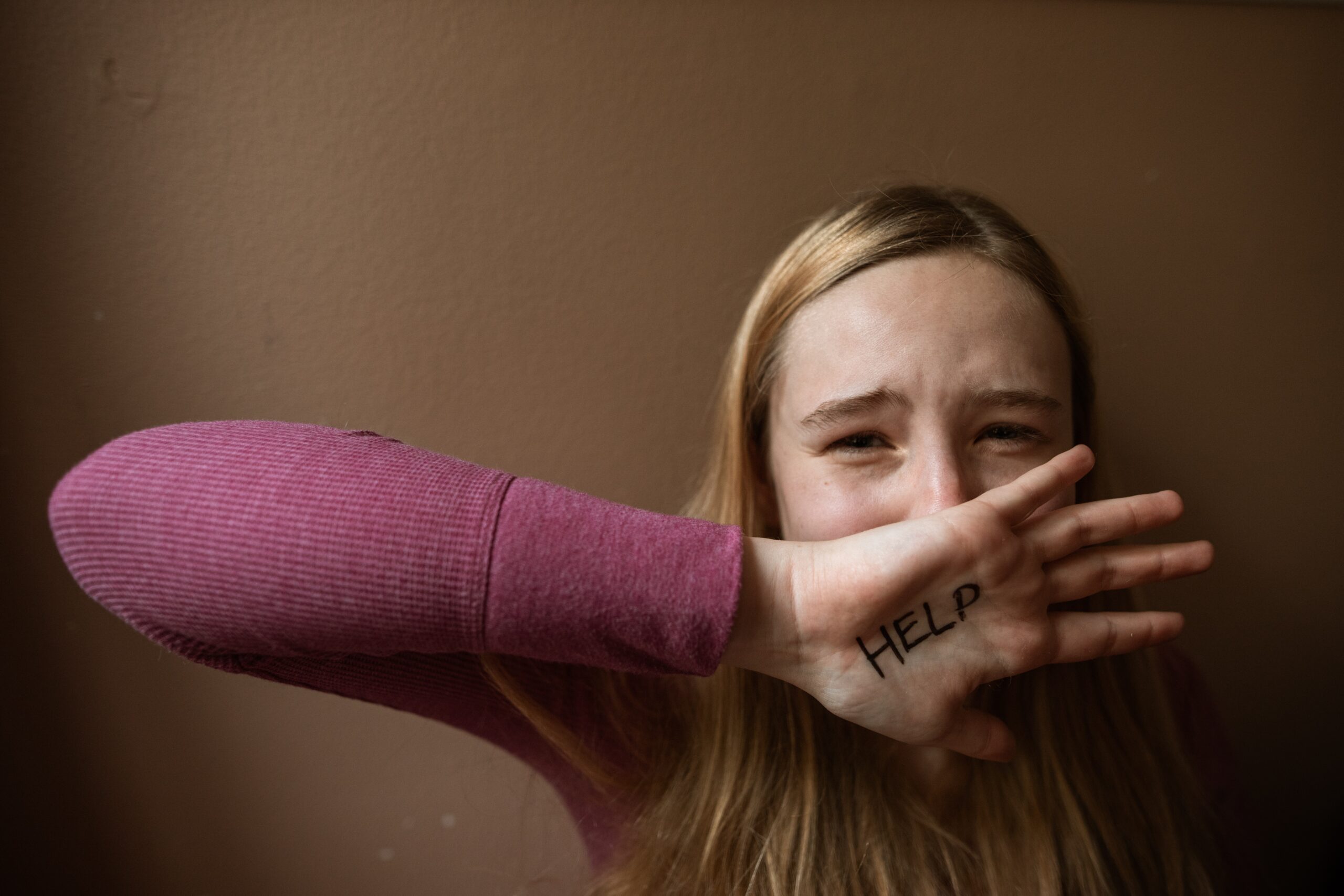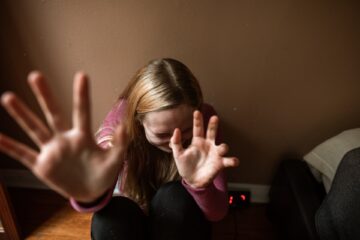![]()
Introduction:
The primary objective of the juvenile justice system in India is to protect the neglected, abandoned, victimized children and further prevent them from taking up delinquent behavior. Juveniles are broadly classified into two categories, “children who conflict with the law” and “children in need of care and protection”. The former refers to children who have allegedly committed a crime whereas the latter refers to those who have been abandoned, neglected, etc.[i] Children must be treated differently than adults as they cannot be held to the same standards of culpability as adults due to their underdeveloped minds. These juvenile offenders are victims themselves as they usually have a history of abuse, violence, or do not have parents to take care of them. A separate legal justice system ensures that these young offenders are not further victimized by the system and offer more room for reformation and rehabilitation.
Juvenile Justice (Care and Protection of Children) Act, 2015 (“JJA 2015”) is the present law which deals with the adjudication, reformation and rehabilitation of children through various means established under the law. The act aims to promote child welfare by consolidating and amending the law related to juveniles by providing care, protection, and catering to their psychological and physiological needs[ii]. This paper will critically analyze the JJA 2015 by specifically looking at the adjudication mechanism and rehabilitation measures. It will further provide a comparative analysis with the juvenile justice system in the UK and highlight the various shortcomings in India’s current practices. In conclusion, it will offer certain solutions and recommendations to help improve the existing law pertaining to juvenile justice in India.
Social Reformatory and Rehabilitation Measures under JJA 2015
Rehabilitation and social integration measures have been provided under section 39 of JJA 2015, for both children who conflict with the law and for those who are in need of care and protection. The former gets placed in observation homes, special homes, fitness facilities, etc. and the latter who do not get placed in families are put in an institution registered under the act for such children. Rehabilitation and social integration measures are provided irrespective of wherever the child is placed. Children receive several beneficiary services under the care of the institution which includes health, education, vocational training, counseling, treatment of diseases, etc. to help uplift their position and assume a constructive role in society.
There are other non- institutional services also provided for such as, foster care which allows the children to be placed in a family setting who are not their biological family. The said family needs to be “qualified, approved and supervised” for taking care of the child who is in need of care and protection.[iii] The children leaving the observation homes after attaining the age of 18 may still be provided financial assistance to help them reintegrate into society.
Critical analysis of JJA 2015 and its Reformatory Measures
JJA 2015 is a major step backward since it made no significant changes in pre-existing JJA 2000. One of the most crucial and controversial change was brought out by the act after the Nirbhaya case. Juveniles between the age of 16 and 18 accused of heinous crimes can be transferred to a children’s court after a preliminary assessment conducted by the juvenile justice board. The children’s court has the discretion to decide whether to try the child as an adult or not. This method has been criticized for being a retributive approach with long term repercussions for young children.[iv]
The juvenile justice system follows an individualized handling of juveniles but this system is inhibited by the following factors:
(1) lack of resources and funds which causes an overflow of children in observation homes and unavoidable mingling of offenders and non-offenders at different stages of the system.
(2) Juvenile’s right to fair trial and privacy are violated very often since there is little to no effort in for scrutiny and transparency in the process.
(3) Wide discretion has been vested with the authority to decide the definition of a juvenile as an offender, severity of the crime, and the level of punishment without any consultation of experts.
(4) The magistrate on the juvenile justice board is not required to have special knowledge of child psychology and child welfare and the social workers who are on the board are not involved in the juvenile justice decision-making process.[v]
Comparison with UK Juvenile Justice System
In the UK, the Children and Young Persons Act came into force in 1969 which introduced a new form of civil proceedings called the “care proceedings” for juvenile offenders between the ages of 14 to 17 years. This proceeding was considered as a better alternative to the criminal proceedings for juveniles. It aims to give greater consideration to informal non-judicial between different agencies and views court proceedings as the last resort. The children between the ages of 14-16 are not considered as capable of committing a crime unless there is evidence to prove otherwise.
The police usually conduct a thorough investigation of the juvenile before bringing him to the court by screening all the cases referred to them. They visit the juveniles and their families, and further check their school progress and previous referrals to social service agencies. Based on these inquiries, the police determine the likelihood of the juvenile’s delinquent behavior and refers him to the court accordingly.
Therefore, in the English juvenile justice system, the courts are restricted to making orders whereas the social worker’s department is responsible for the juveniles who are under a “care” proceeding[vi]. The focus is on the rehabilitation of juvenile offenders rather than penal action which has contributed to the decrease in juvenile crimes in the country.
Solutions and Recommendations
The condition of observation and special homes in India is really bad due to the lack of resources to provide education and other vocational activities. It is pertinent to provide a safe and nurturing environment to children as a good upbringing is crucial to building a good moral character. Lack of attention, affection, and care by the parents to their children can cause the inability to differentiate between right and wrong. The practical implementation of the various methods provided in the act for rehabilitation is far from satisfactory which results in the delinquent juveniles becoming more uncomfortable and frustrated in the juvenile homes. It is necessary to address the delinquency of a juvenile at the earliest and with utmost care to prevent any serious harm to the society.[vii]
Further, social workers, mental health workers, child welfare workers need to be part of the decision-making process and should be consulted at every stage of the juvenile proceedings. The observation homes require more funding with better security provided in girl observation homes as they are more vulnerable. There should be regular medical checkups for all the children and routine interactions to boost their morale. Therefore, the juvenile homes need to be more child friendly and consistent with their right to live with dignity and liberty.
Conclusion
From the above discussion, it can be seen that JJA 2015 is a regressive statute because it ignored the developments in the field of criminology, penology, victimology, restorative justice etc. There is evidence to show that the rate of repeated offenses has been controlled in other countries due to the practice of restorative justice. Numerous studies show that children who are tried as adults commit more offenses in the future as compared to those who are treated within the juvenile justice system. It is important to think of the juvenile justice system as an independent body rather than a subset of the criminal justice system to ensure the developmental rights of the children. The primary focus needs to be on the rehabilitation of juvenile offenders and not just punishment. Therefore, it is necessary to introduce certain changes in the existing rehabilitation practices to meet the demands of modern time.
References:
[i] Kumari, V., 2016. The Juvenile Justice Act 2015-Critical Understanding. Indian Law Institute, [online] 58(1), pp.83-103. Available at: <http://www.jstor.com/stable/45163062> [Accessed 16 July 2020].
[ii] ibid
[iii] V, A. and Sen, M., 2017. Juvenile Justice And Children Who Need Protection – Legal Services Clinic. [online] Legalservicesclinic.org. Available at: <http://www.legalservicesclinic.org/uncategorized/juvenile-justice-and-children-who-need-protection/> [Accessed 16 July 2020].
[iv] ibid
[v] ibid
[vi] M. Janeksela, G., 1991. Descriptive Analysis Of Five Juvenile Justice Systems: United States, Scotland, England, India, And South Africa. International Journals, [online] 21(1), pp.1-19. Available at: <http://www.jstor.com/stable/41420985> [Accessed 16 July 2020].
[vii] Kaur, M., 2016. Are Juvenile Care/Observation Homes In India Effective In Their Reformatory Objective? What Is The Status Quo?. [ebook] International Policy Analysis Network, pp.1-21. Available at: <http://www.ipan.in/wp-content/themes/ipan/ebooks/5863f2e9a5a4b_Juvenile%20Care%20Homes%20in%20Delhi%20Report.pdf> [Accessed 16 July 2020].



0 Comments